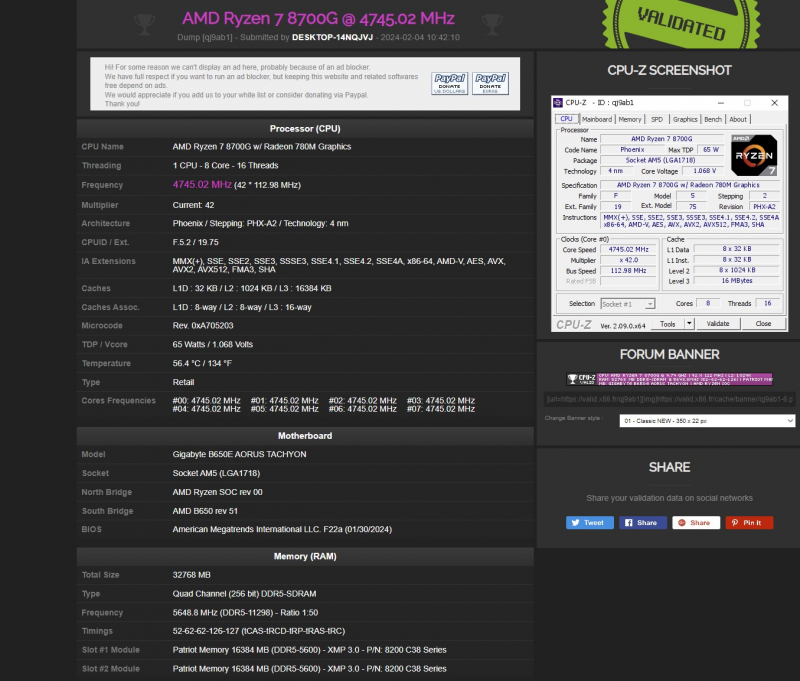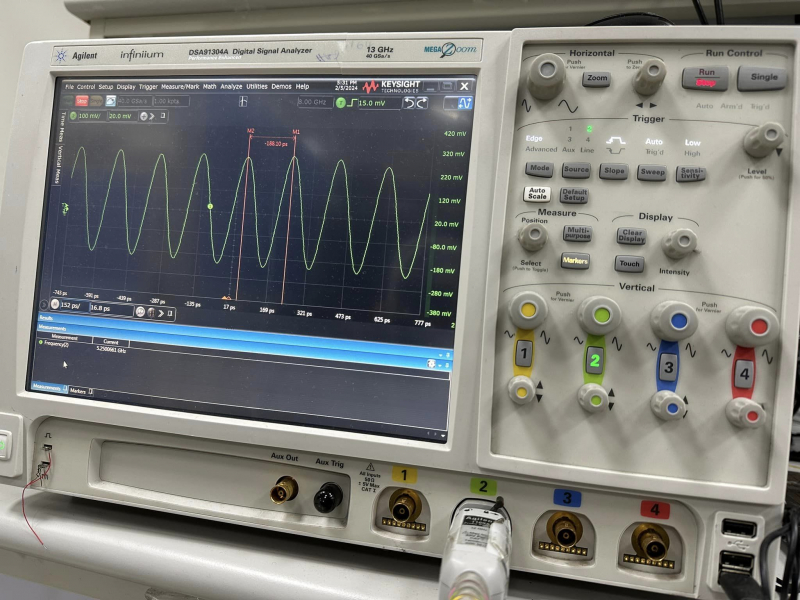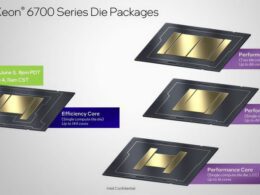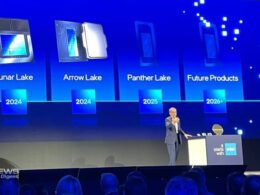The Ryzen 8000G hybrid processors are in the spotlight with support for high-speed RAM and excellent overclocking potential. Recently, overclockers managed to push DDR5 memory to 10.6 GHz and beyond using Ryzen 7 8700G systems, a feat achieved without resorting to extreme cooling.
Enthusiasts’ Memory Overclocking feats
Various overclocking teams have been fervently experimenting with ramping up RAM speeds on Ryzen 7 8700G systems. Pivotal among them, enthusiast SafeDisk shared details of overclocking a dual-channel RAM kit on the ROG Crosshair X670E Gene motherboard to 10.6 GHz.

The G.Skill Trident Z5 memory kit, originally designed for speeds of 7800 MHz with CL36 timings, was chosen for the experiment.

Impressive Overclocking Results
In the course of overclocking, the memory speed was ramped up to 10.6 GHz, accompanied by increased timings of CL50-62-62-127-127 at 1.4 V. Notably, SafeDisk didn’t leverage any exotic cooling mechanisms, such as liquid nitrogen, for the overclocking and the Ryzen 7 8700G processor also operated under normal cooling states.
Further impressive overclocking results have surfaced in the CPU-Z Validator database. For instance, overclocker MSIMAX pushed a TeamGroup memory’s speed – originally 8200 MHz – to 10.95 GHz on a Gigabyte B650I Aorus Ultra motherboard.

A few hours later, another overclocker registered a memory overclocking result – boosting of Patriot memory from 8200 MHz to 11.3 GHz on a Gigabyte Aorus B650E Tachyon motherboard.

Observed Issues and Verification
However, it’s been reported among enthusiasts that a bug in the new AGESA library, which AMD motherboards’ BIOS’s are based on, may cause higher memory frequencies to be displayed in overclocking results than reality. SafeDisk has provided an oscillograph image to validate his overclocking result, which cannot be said for the other two experimenters.

Although SafeDisk’s result, as per HWBOT data, is not as high as memory overclocking on Intel platforms, it should be noted that enthusiasts are overclocking DDR5 RAM with Ryzen 8000G processors in dual-channel mode, unlike Intel’s single-channel mode.




